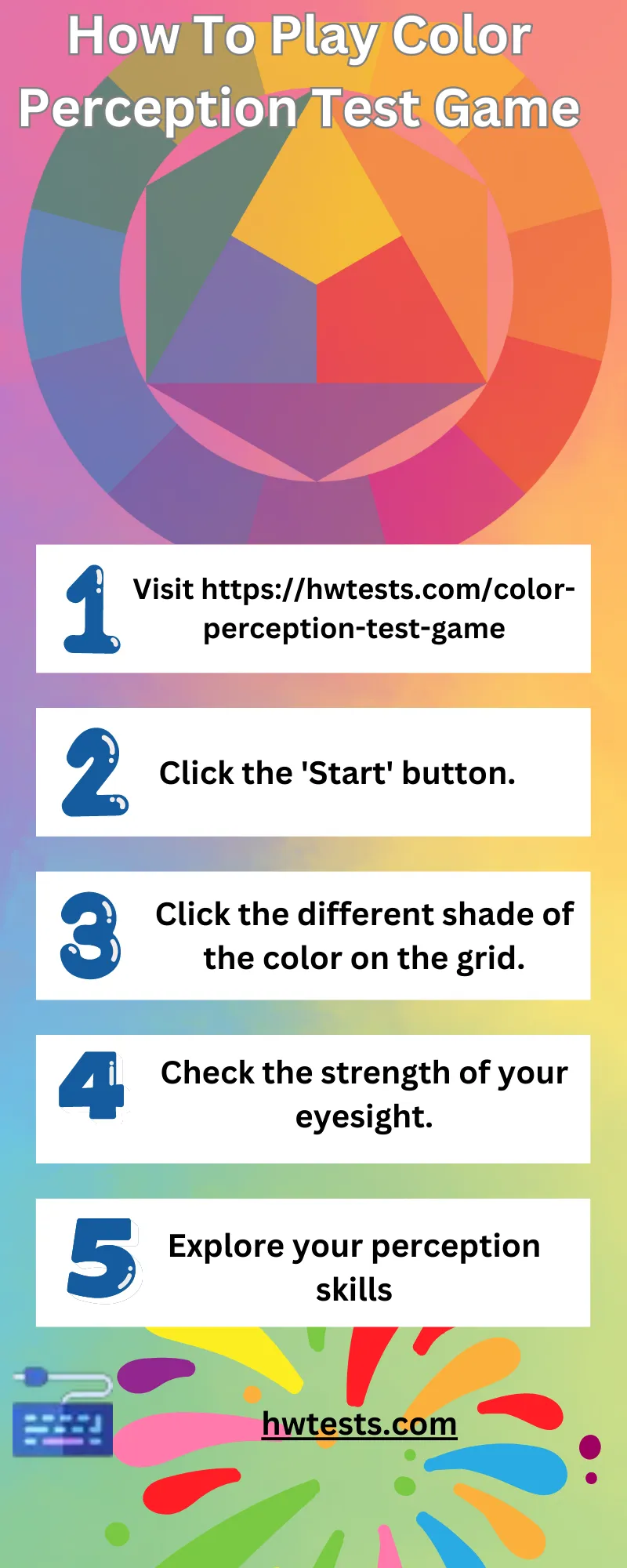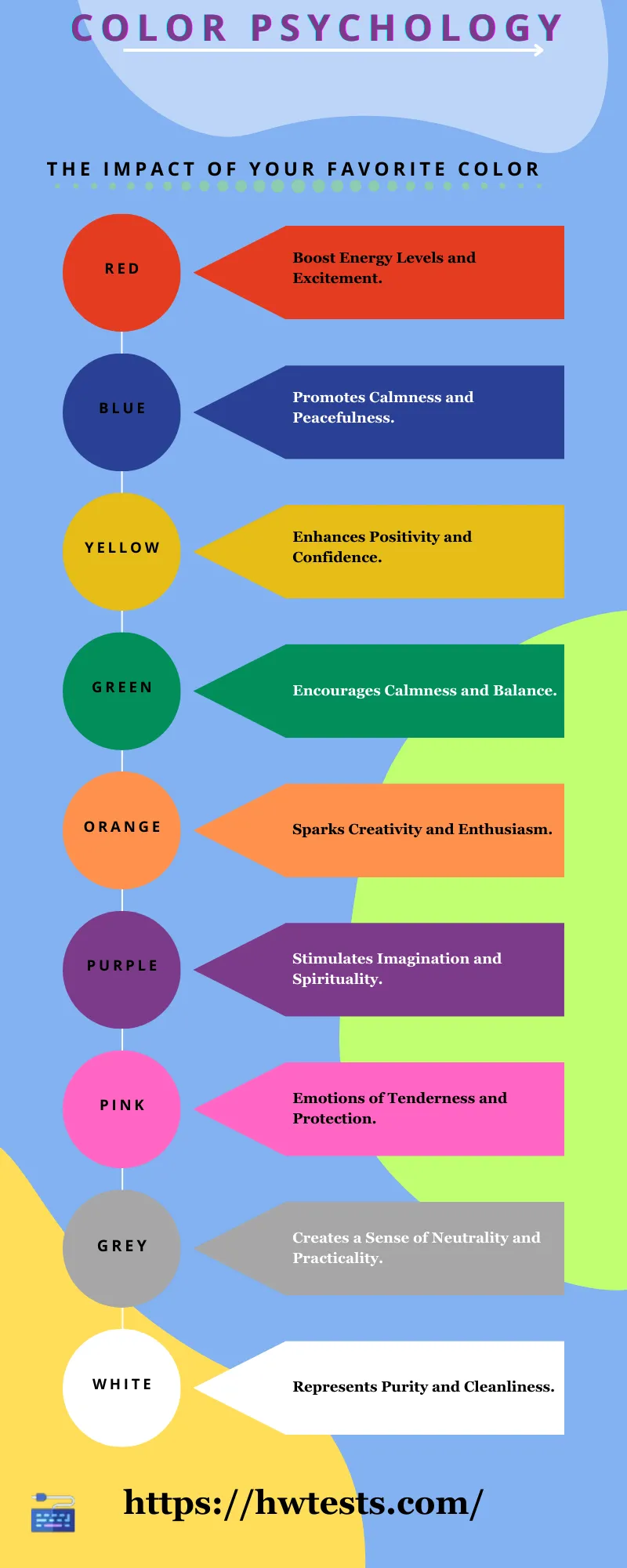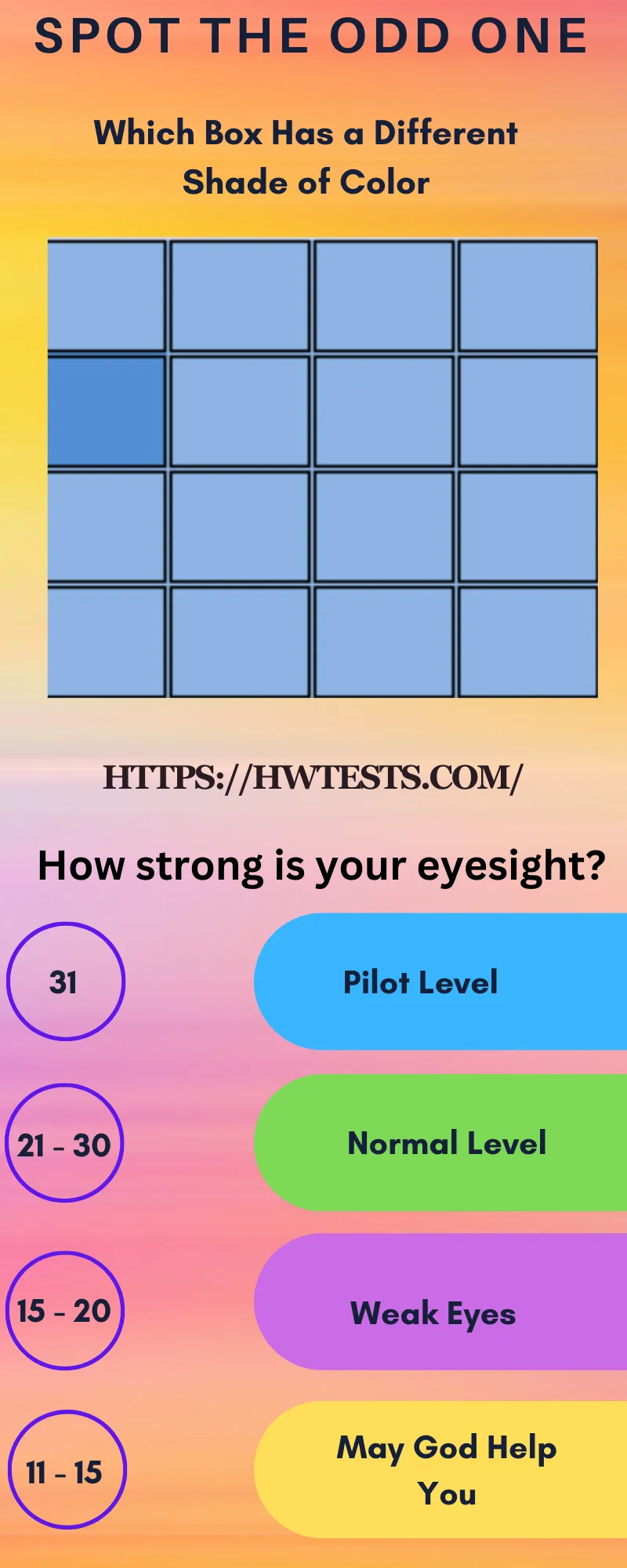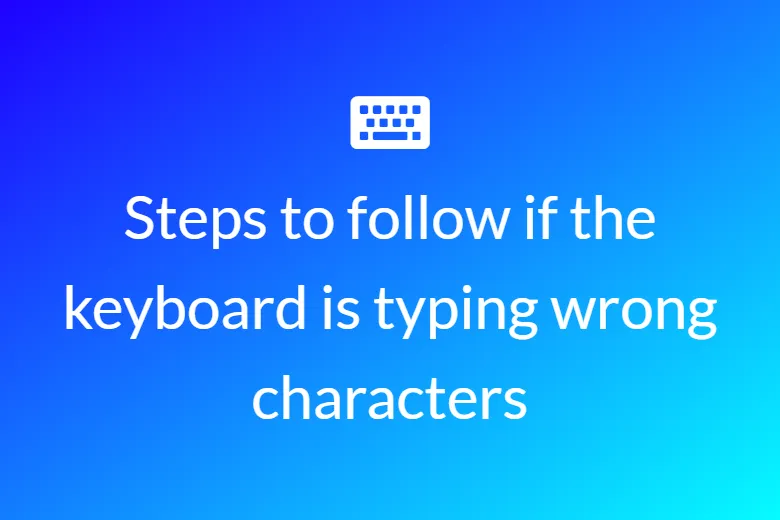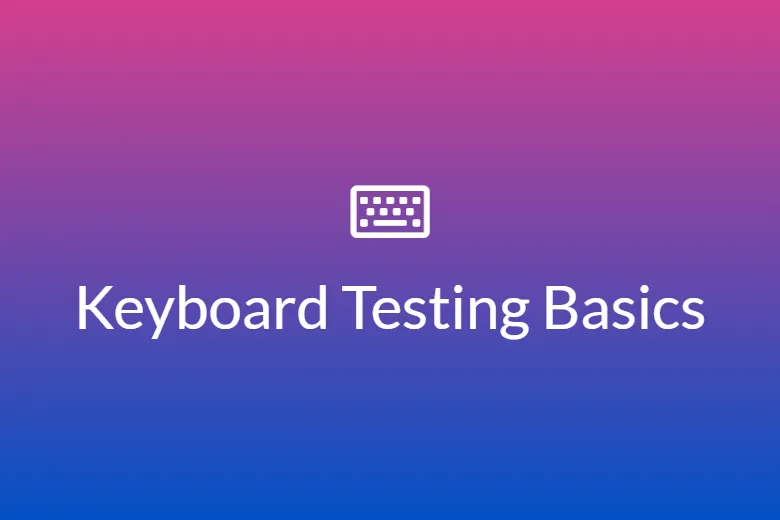1. What are color perception test games?
Color perception checking games are a fun and engaging way to test and improve our ability to perceive colors. These games are designed to assess our color vision and help us identify any color blindness or deficiencies we may have. In this article, we will explore the benefits of color perception test games, the science behind color vision, and the types of color perception test games available.
2. What are the benefits of playing color perception eye games?
Color perception check games are beneficial because they can help us identify any color deficiencies we may have. Color blindness is a condition where individuals cannot differentiate between certain colors or shades of color. Color perception test games can help identify these deficiencies and assist individuals in seeking medical attention or further testing. Additionally, color perception quiz can help improve our ability to perceive colors. The more we play these games, the better we become at identifying and distinguishing between different shades of color. This can improve our overall color perception and help us in various fields where color recognition is crucial, such as graphic design, fashion, and art.
3. How do our eyes detect color?
To understand the science behind color vision, we must first understand the different components of the human eye. The retina is the part of the eye responsible for perceiving light and sending signals to the brain. There are two types of photoreceptor cells in the retina: rods and cones. Rods are responsible for detecting light and dark, while cones are responsible for detecting color. There are three types of cones, each sensitive to different wavelengths of light. The three types of cones are commonly referred to as red, green, and blue. When the cones detect light, they send signals to the brain, which then interprets the signals as different shades of color. So, visual function is complex and fascinating. The eyes contain specialized cells and structures that are designed to detect and process visual information. When light enters the eye, it is focused by the lens and then detected by cells called photoreceptors. These photoreceptors then send signals to the brain, which interprets the information and produces a visual experience.
4. What are the different types of free eye tests available?
tests available? Free eye tests are available online. Some tests require users to arrange colors in a particular order, while others ask them to identify the odd one out or match colors to their corresponding names. There are also color perception tests that measure the severity of color blindness and the specific type of color blindness. One of the most popular color perception test games is the Ishihara Color Test, which uses a series of plates with dots of different colors and sizes to determine if an individual has color blindness. Another popular game is the Farnsworth-Munsell 100 Hue Color Vision Test, which requires players to arrange 100 colored caps in the correct order. Color blindness tests are a beneficial and fun way to test and improve our ability to perceive colors. They can help identify color deficiencies, improve overall color perception, and benefit individuals in various fields. Understanding the science behind color vision and the types of color perception test games available can help individuals choose the right game to test and improve their color perception.
5. Explain the process of eye color perception from the eyes to the brain.
Color perception in the eyes is a complex process that involves different components of the eye working together to interpret the different wavelengths of light that make up the colors we see. The retina, which is located at the back of the eye, contains specialized cells called photoreceptors that are responsible for detecting light and transmitting signals to the brain. There are two types of photoreceptor cells in the retina: rods and cones. Rods are responsible for detecting light and dark and are more sensitive to low light conditions. They do not contribute significantly to color vision. On the other hand, cones are responsible for detecting color and are more sensitive to bright light conditions. There are three types of cones, each sensitive to different wavelengths of light: red, green, and blue. These three colors are the primary colors of light, and all other colors are perceived by the brain as combinations of these three primary colors.
6. What happens when light enters the eyes?
When light enters the eye, it passes through the cornea, which is the clear, outermost layer of the eye, and then through the pupil, which is the black circular opening in the centre of the iris. The iris is the colored part of the eye, and its main function is to control the amount of light that enters the eye by adjusting the size of the pupil. The light that enters the eye is then focused by the lens, which is located behind the iris. The lens is responsible for adjusting the focus of the incoming light, allowing the eye to see objects at different distances. As the light reaches the back of the eye, it is absorbed by the photoreceptor cells in the retina. The cones in the retina are responsible for detecting the different wavelengths of light that correspond to different colors. When a cone is stimulated by a particular wavelength of light, it sends an electrical signal to the brain, which is then interpreted as a specific color. The brain receives signals from all the cones in the retina, which allows it to perceive the various colors that make up the objects we see. The brain then combines this information with other sensory input, such as depth and movement, to create a complete picture of our surroundings. Color perception in the eyes is a complex process that involves different components of the eye working together to interpret the different wavelengths of light that make up the colors we see. The three types of cones in the retina are responsible for detecting the primary colors of light, which the brain then combines to create the full range of colors that we perceive in the world around us.
7. What are sensory games? Why are they so important?
Sensory games are games that are designed to engage and stimulate the senses, including touch, sight, sound, smell, and taste. These games can be beneficial for people of all ages, from young children who are learning about the world around them to older adults who may be experiencing sensory decline. In this essay, we will explore the benefits of sensory games, the different types of sensory games available, and the science behind sensory function.
8. What are the benefits of sensory eye test games?
One of the main benefits of sensory eye test games is that they can help improve sensory function. Sensory function refers to the ability of the body to detect and process sensory information from the environment. This includes the ability to see, hear, touch, taste, and smell. By engaging in sensory games, individuals can improve their sensory abilities, which can have a positive impact on their daily lives. Another benefit of sensory games is that they can be fun and engaging. Many sensory games are designed to be interactive and entertaining, which can make them a great way to pass the time and connect with others. This can be especially beneficial for children who are still developing their sensory abilities, as it can help them learn and grow in a fun and enjoyable way.
9. What are the different types of sensory games?
There are many different types of sensory games available, including games that focus on touch, sight, sound, smell, and taste. For example, touch-based sensory games may involve feeling different textures or temperatures, while sight-based sensory games may involve identifying colors or shapes. Sound-based sensory games may involve listening to music or identifying different sounds, while smell-based sensory games may involve identifying different scents. Taste-based sensory games may involve tasting different foods or flavors.
10. What is the science behind sensory function?
The science behind sensory function is complex and fascinating. The human body has specialized cells and organs that are designed to detect and process sensory information. For example, the eyes contain cells called photoreceptors that are responsible for detecting light, while the ears contain cells called hair cells that are responsible for detecting sound. When these cells detect sensory information, they send signals to the brain, which then interprets the information and produces a sensory experience. So, sensory games are a fun and engaging way to improve sensory function and connect with others. There are many different types of sensory games available, each of which can help improve different aspects of sensory function. By engaging in sensory games, individuals can learn and grow while having fun and enjoying themselves.
11. What is the significance of color perception quiz?
Color perception quiz are quizzes that are designed to test and improve the visual abilities of the eyes. These games are becoming increasingly popular as people look for ways to maintain and improve their vision. They help improve the eyesight and also detect whether there are any eye problems that require attention. We can explore the benefits of eye test games, the different types of eye test games available, and the science behind visual function.
12. Can online vision test games help improve vision?
Online vision test games can help improve visual function. Visual function refers to the ability of the eyes to see and interpret visual information from the environment. This includes the ability to see colors, contrast, depth perception, and fine details. By engaging in eye test games, individuals can improve their visual abilities, which can have a positive impact on their daily lives. Eye test games are a fun and engaging way to improve visual function and connect with others. There are many different types of eye test games available, each of which can help improve different aspects of visual function. By engaging in eye test games, individuals can maintain and improve their vision while having fun and enjoying themselves. Eye test games can also be enjoyable and engaging. Many eye test games are designed to be challenging and fun, which can make them a great way to pass the time and connect with others. This can be especially beneficial for older adults who may have fewer opportunities for social engagement and mental stimulation.






